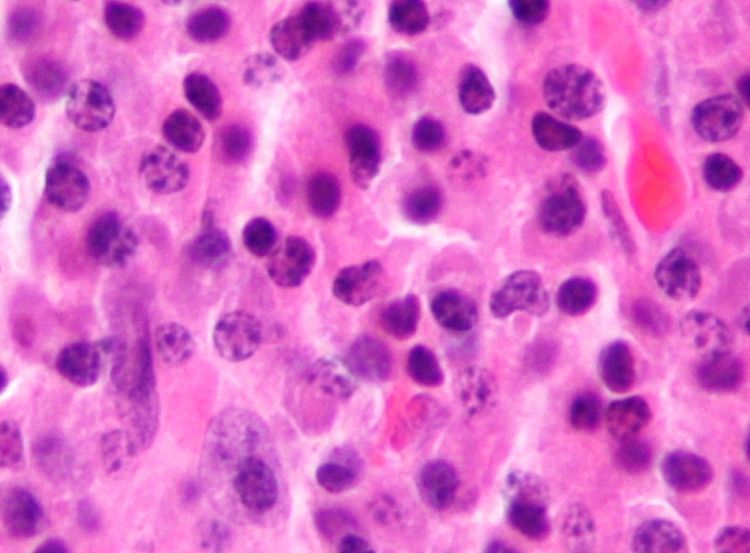Multiple myeloma personalized cellular vaccine study treats first patient




The first patient in a personalized multiple myeloma vaccine clinical trial at the UW Carbone Cancer Center was recently treated.
Multiple myeloma is a type of blood cancer that can be treated, but cannot yet be cured. In the trial, people who initially diagnosed with multiple myeloma undergo a procedure in which tumor cells are removed from their bone marrow and frozen. They then receive standard chemotherapy to kill the cancer, followed by self-donated bone marrow transplant to restore their immune system.
When multiple myeloma inevitably returns, their sample of frozen tumor cells are fused with cells from their own recovering immune system to create a cellular vaccine that is "trained" to identify and kill the myeloma cells.
This cell-based vaccine was created at UW Health’s in-house Clinical Hematopoietic Cell Processing Laboratory (CHCPL), which is directed by Peiman Hematti, MD (pictured at upper right), professor, Hematology, Medical Oncology and Palliative Care.
"This trial is taking personalized medicine to the next level, by making a vaccine from the patient’s own tumor cells," said Natalie Callander, MD (pictured at middle right), professor (CHS), Hematology, Medical Oncology and Palliative Care.
Dr. Callander is directing UW-Madison's involvement in the trial.
Another myeloma researcher, Fotis Asimakopoulos, MD, PhD (pictured at lower right), will study patients in the trial who experience a decrease in cancer burden. His goal is to identify why the vaccine works for those individuals. To do so, he will examine samples of their bone marrow, looking at interactions between various cellular components that may improve immunity.
Resources:
- "First Patient at UW Carbone Cancer Center Treated with Multiple Myeloma Personalized Cellular Vaccine," UW Health, January 30, 2018
Photo caption (top): Micrograph (H&E stain) of a plasmacytoma. CC BY-SA 3.0